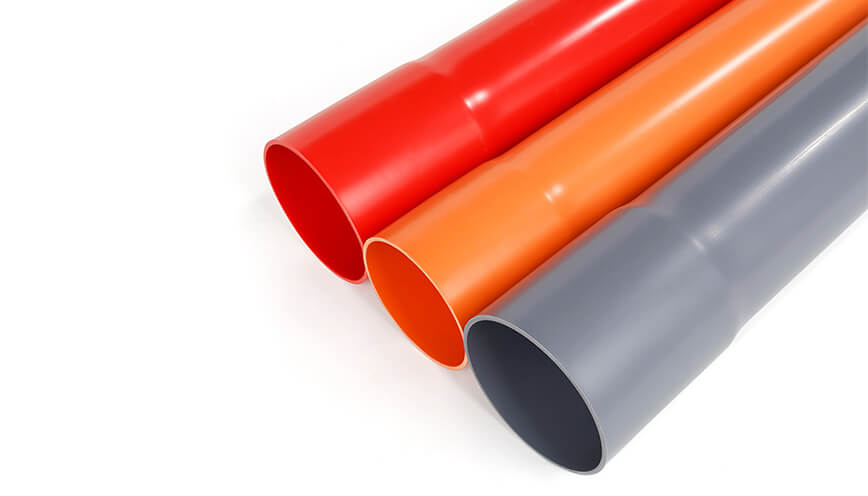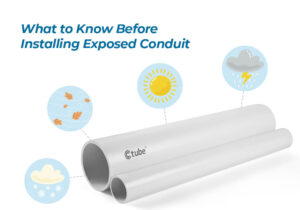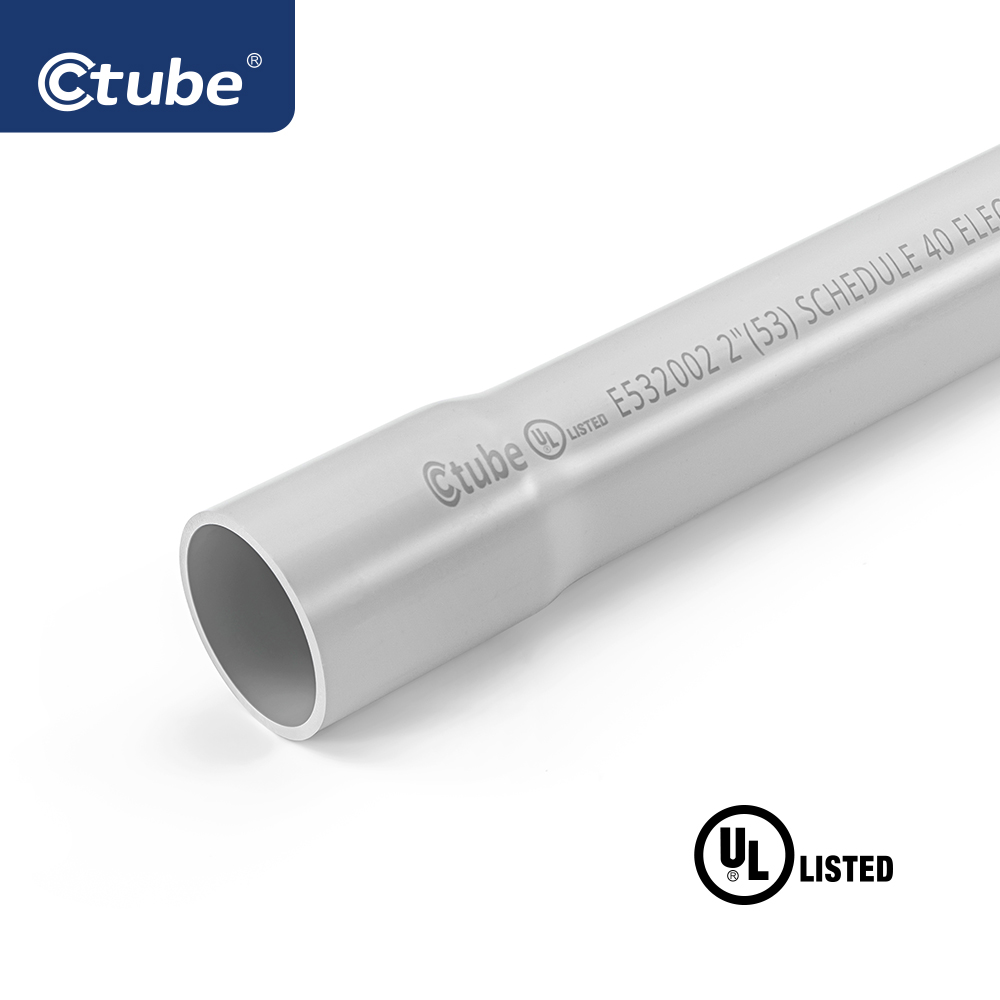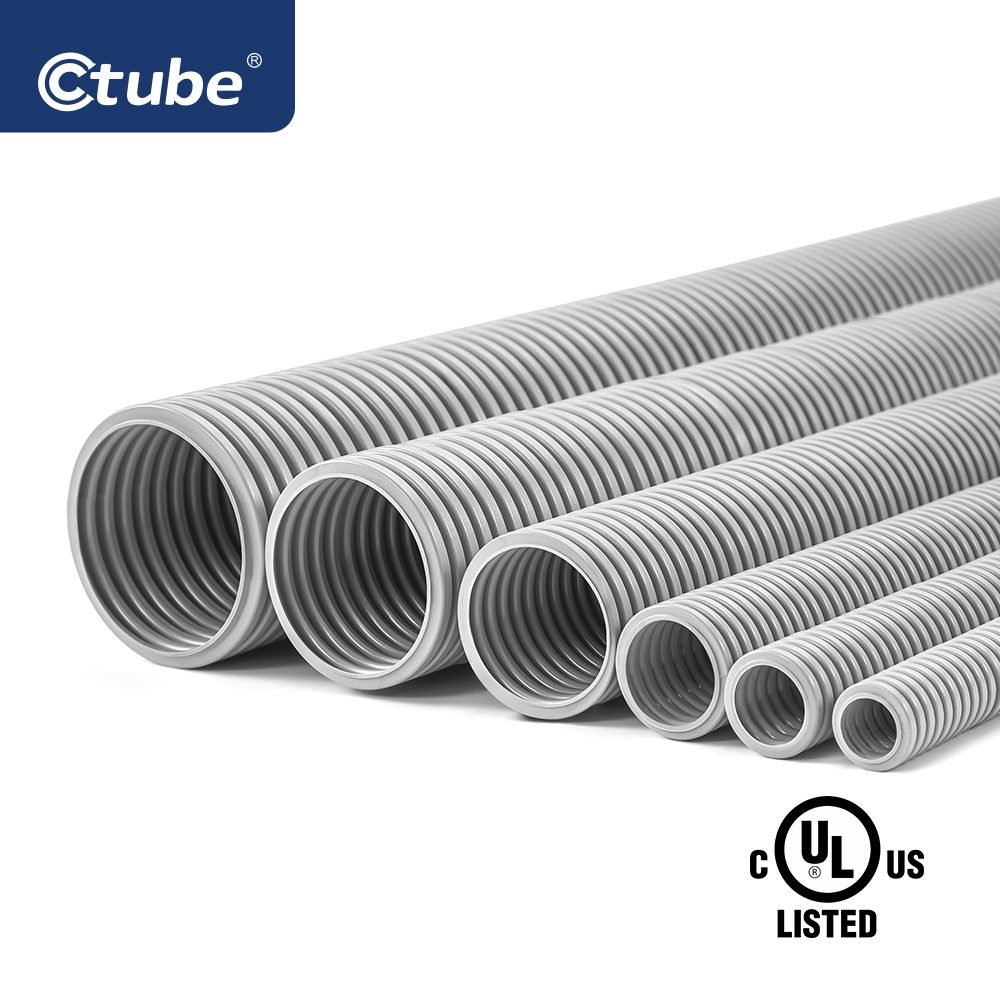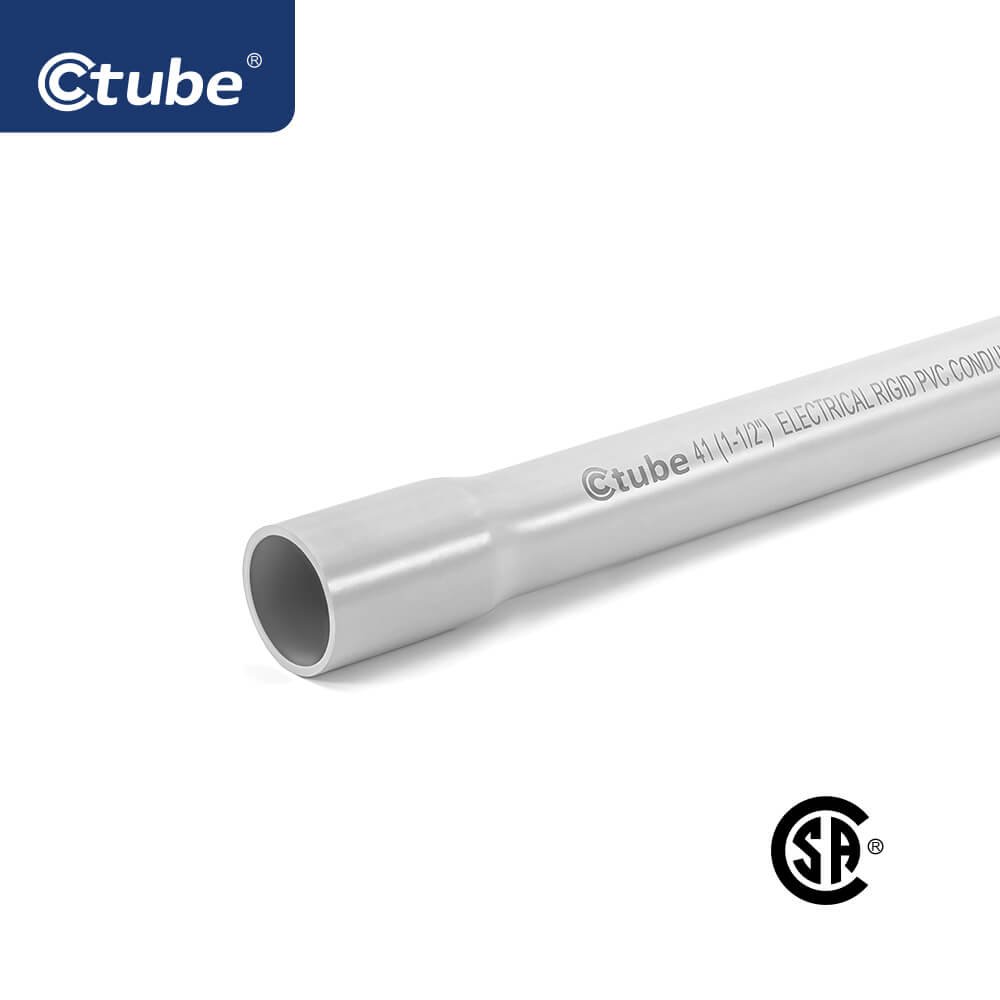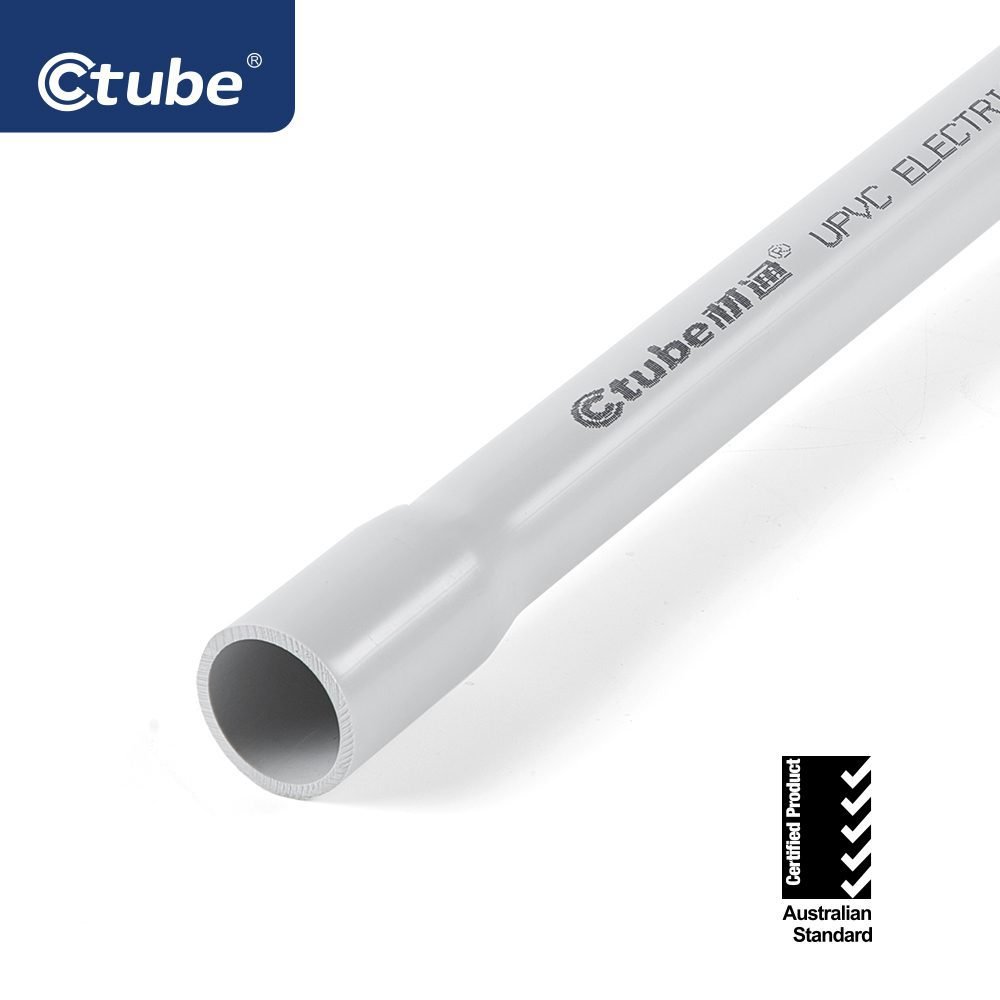Tabla de contenido
Palanca1. Introducción
👀 Ever stood in front of a row of PVC conduits—grey, orange, black, white, even red—and wondered which one to choose?
📏 The truth is, selecting the right conduit isn’t just about diameter or wall thickness.
For many projects, 🎨 color plays a critical role too.
🌍 But different regions and industries follow different color codes, and not every project sticks to the same rules.
So how do you know which color is right for your specific application?
📘 That’s where this guide comes in. Thi post focus on how to choose the right conduit color based on your installation environment, compliance requirements, and system functions.
👷♀️ Whether you’re an engineer, contractor, project manager, or procurement specialist working on a rooftop solar setup, underground cabling, or a complex multi-service site—this guide maybe helpful for you.
🎯Let’s dive in and make the smart choice.
2. Why Color Matters in PVC Conduit Selection
In this section, we will look at how the right color choice can help with function, safety, compliance, and maintenance.
We’ve already explained what the different colors typically represent in this post: How to Choose PVC Conduit Pipe Color: PVC Conduit Color Codes Explained.
But understanding what each color means is just part of the picture—the real challenge is knowing why choosing the right one matters in practice.
🔎 Think about this: In Australia, blue conduit is chosen to run for power lines underground instead of orange mistakenly.
It might work fine technically, but during future maintenance or excavation, workers may misidentify the line—leading to confusion, delays, or even safety hazards.
⚠️ Color is more than cosmetic—it’s part of a site’s visual communication system.
On a busy construction site, workers rely on color to quickly identify different service lines: electrical, water, data, or gas. The right color reduces human error, speeds up installation, and improves coordination between teams.
📘 Regulations and compliance also come into play.
Different countries—and even different cities—may have specific rules about which color to use for what.
Choosing the wrong one might mean rework, rejected approvals, or issues with final inspection.
🧩 And don’t forget the bigger picture.
Using consistent, standardized colors helps with long-term maintenance.
Years later, when someone has to inspect or upgrade the system, the color-coded conduits will help them understand what’s buried, what’s connected, and what can be safely modified.
So, while color may seem like a small detail, it’s one of the smartest decisions you can make early in a project.
✅ Get it right, and everything runs smoother.
❌ Get it wrong, and you may be facing unnecessary risks and added costs.
3. How to Decide Which Conduit Pipe Color to Choose
Now that you know why color matters, let’s talk about how to actually choose the right one for your project.
It’s not always as simple as following a color chart—your decision should be based on where you’re working, what you’re installing, and who you’re installing it for.
3.1 Check local codes and standards
Before anything else, check if there are regulations or industry codes in your region. Some countries (like Australia, the U.S., or the UK) have specific color guidelines for conduit use—especially for underground power, water, gas, or telecom.
If your project needs inspection or certification, getting the color right can save you time, money, and headaches later.
3.2 Match the conduit to the environment and system
Different environments call for different colors.
📍 Project Type (Residential, Commercial, or Industrial)
Residential work often uses grey for general power and white or blue for water or data.
Commercial and industrial projects tend to involve stricter rules, more complex systems, and greater need for visual organization—meaning colors might need to be separated by function or department.
📦 Installation Environment (Aboveground, Underground, or Outdoor)
Where the conduit is installed makes a big difference.
Black is great for rooftops or solar farms because it’s UV-resistant.
Orange is used underground for easy visibility during digging.
🔌 System Function (Power, Data, Water, Fire, Gas)
What’s running through the pipe matters.
In some countries, red often signals fire or emergency power systems. Blue or white might be for water. Green is sometimes used for earthing or drainage.
The color helps identify the system quickly during installation, inspection, or maintenance.
3.3 Consider usability and maintenance
Think long-term. Will someone need to come back and add or fix something in the future?
Using clear, consistent colors helps workers quickly identify systems without second-guessing.
3.4 For complex sites: consider multi-color coding
If your project has multiple systems running side-by-side—like data, power, security, and water—it’s smart to use distinct colors for each one. That helps avoid mix-ups during installation and speeds up any future troubleshooting.
3.5 Talk to your supplier about custom color options
Finally, check what your supplier or manufacturer offers. Some brands (like Ctube) provide custom color options to meet your specific needs, or products that already follow regional color norms.
If your country or region has specific color regulations, we recommend following them first.
But if no rules apply—or if your project has unique needs—custom conduit colors can be a smart solution.
💬At Ctube, we can help you create conduits in the exact color you need, including lighter or darker shades. The more detailed your requirements, the better we can match them—especially for larger orders.
4. Conclusion
Choosing the right color for your PVC conduit pipes is more than just looks—it’s an important part of keeping your system safe and easy to manage.
Always think carefully about your project’s needs, the relevant standards, and the conditions on site before making your choice.
En Ctube, we offer conduit pipes in a variety of colors that meet different national standards, and we also accept custom color requests to fit your specific project needs.
Our products come in multiple sizes and are paired with matching accessories for a complete solution.
If you have a project, feel free to contact us for a quote.
Thank you for reading. We hope this article has been helpful to you, and wish you success with your project!
Preguntas frecuentes
Q1: Is conduit color regulated in all countries?
📝 Not always. Some countries—like Australia—have clear national standards, such as using orange for underground electrical conduit.
But in other places, like the United States, there are no nationally enforced regulations for PVC conduit color. That said, there are still widely accepted industry practices.
Q2: Is color more important for underground installations?
🚧 Yes—visibility and safety matter more underground.
When conduits are buried, color becomes one of the only quick ways to identify the system.
For instance, orange is often used for underground power lines, while blue may indicate water pipes.
Choosing the wrong color underground can result in delays, excavation mistakes, or even safety hazards during repairs or expansions.
So for underground work, choosing a high-visibility, standardized color is especially important.
Q3: Do PVC conduit colors affect material performance?
🔥 In some cases, yes. Color itself doesn’t usually change the mechanical properties of PVC, but certain pigments do offer added benefits. For example, black conduit is often UV-resistant, ideal for rooftop or outdoor solar installations.







